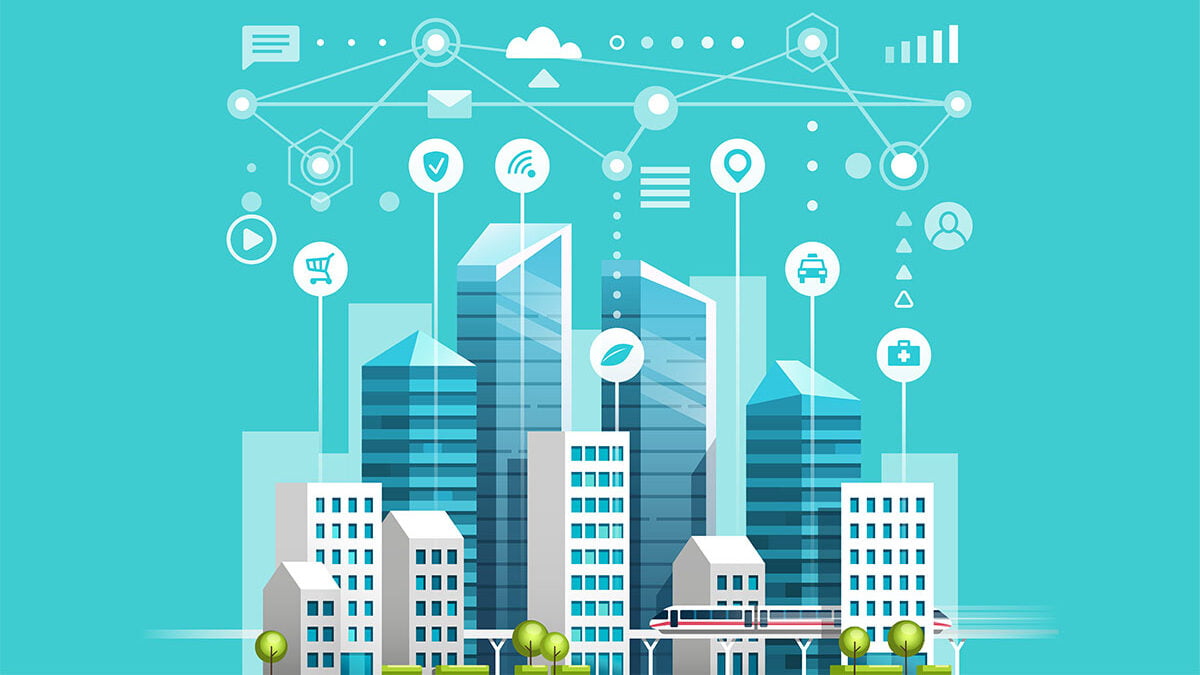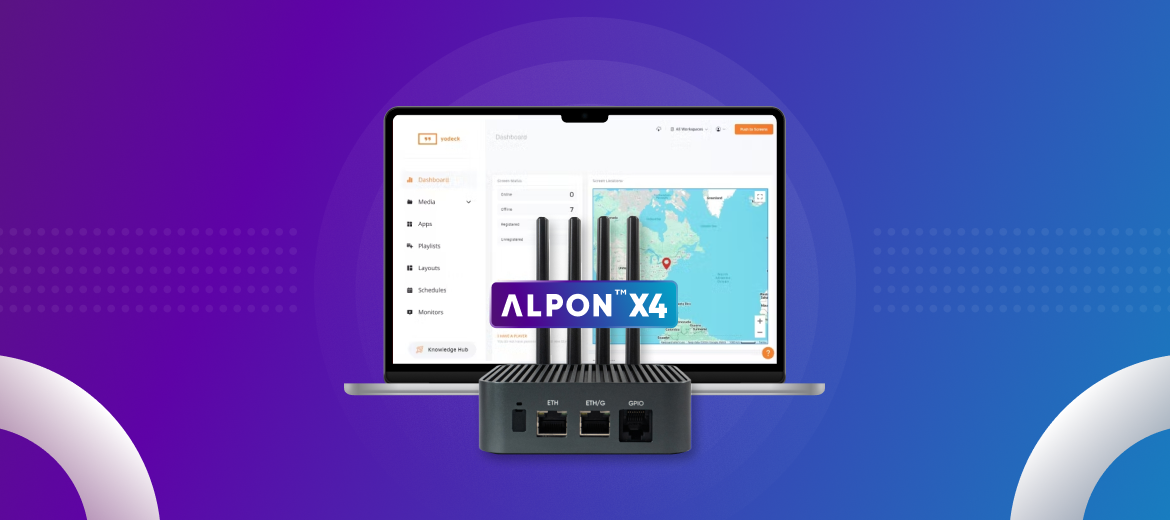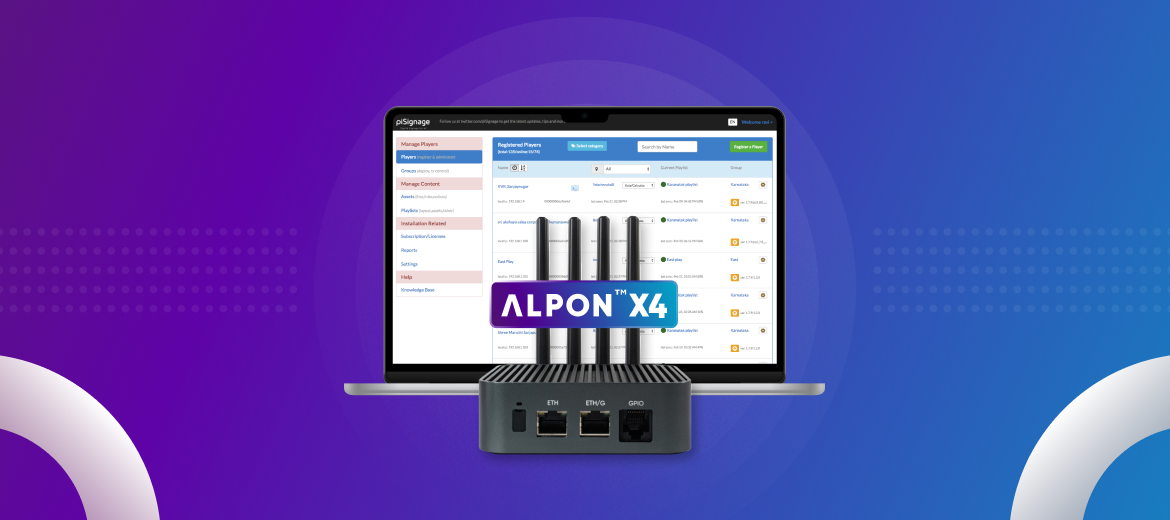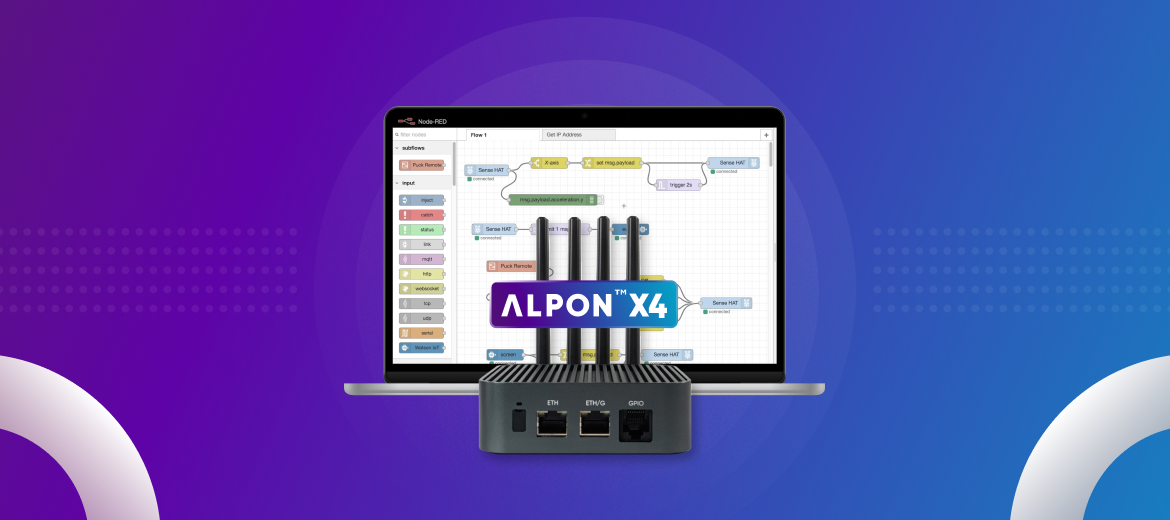Urban architectures are rapidly undergoing a transition towards a digitized ecosystem, leveraging technologies like edge computing, AI, and IoT. Companies like SixFab are offering solutions that make these digital integrations more seamless. Everywhere we look, from intelligent traffic management systems to smart grids powering homes and businesses, the role of innovators in driving this digital evolution is evident. These technological advancements, from their very conception, aim to make cities smarter, more efficient, and responsive to the needs of their inhabitants.
However, there are challenges inherent to such large-scale integrations. Without meticulous planning and understanding of the urban landscape — something SixFab prioritizes — haphazard digital advancements could disrupt the natural rhythm of city life. For instance, a traffic management system that doesn’t account for a city’s unique traffic flow could exacerbate congestion, and smart lighting that doesn’t adapt to pedestrian movement patterns might be more wasteful than energy-saving.
The Smart Cities market is projected to boom even more than it already has. In 2022 it was worth $656.8 billion according to Grandview Research (Grandview Research Market Analysis Report, 2022).
Hence, the imperative of harmonization. Digital innovations, while transformative, must be introduced in a way that they augment and elevate the natural pace and flow of city life, rather than disrupt it. They should feel like a natural extension of the city’s operations, not an external imposition. This seamless integration ensures that residents can reap the benefits of these advances without facing undue disruptions or challenges.
At the heart of achieving this harmony lies edge computing. By decentralizing data processing and bringing computational tasks closer to the source, edge computing ensures that the response times of these digital systems are nearly instantaneous. This is vital for real-time adaptations, whether it’s traffic lights adjusting to congestion or public utilities responding to sudden changes in demand. The result? Cities that aren’t just smarter in theory, but in practice as well, with systems and infrastructure that work in tandem with the daily lives of their residents.
How Edge Computing Transforms Smart Cities’ Efficiency
The transformation of urban environments into smart cities is a multifaceted endeavor. As we layer our cities with sensors, IoT devices, and interconnected systems, we’re essentially integrating various technological ‘nodes’ to create a cohesive urban digital network. The real challenge, however, isn’t just in deploying these technologies but ensuring they function efficiently, respond promptly, and provide timely solutions to urban challenges.
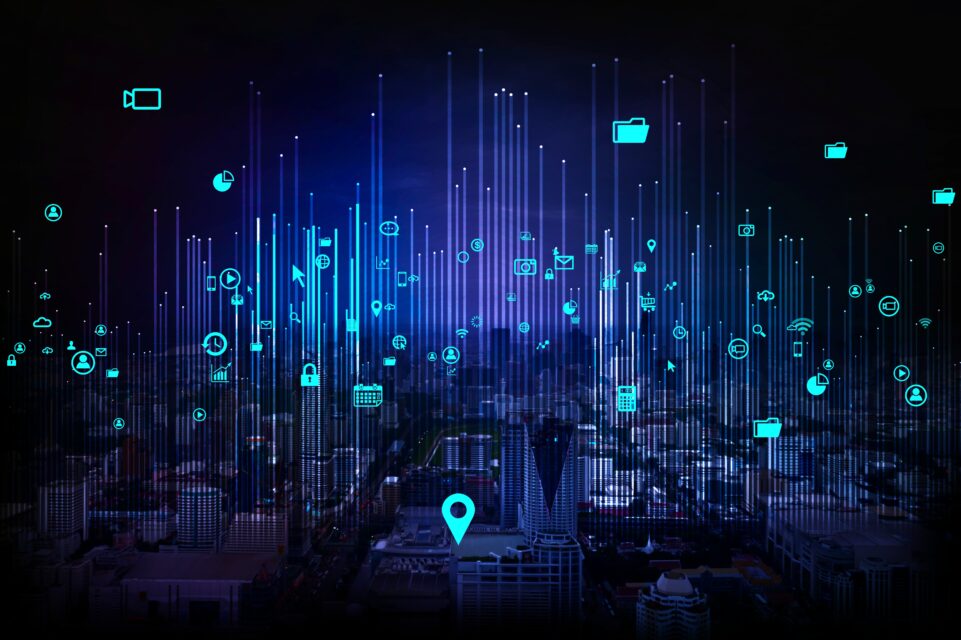
Enter edge computing: the powerhouse that fuels smart city operations. Edge computing counters the traditional centralized cloud model by employing localized data processing. This decentralization is achieved by leveraging micro data centers and advanced algorithms that prioritize processing at the edge nodes, significantly reducing latency and increasing bandwidth efficiency. This localized processing dramatically boosts the efficiency of various smart city applications.
For instance, consider an intelligent traffic management system. Traditionally, sensors on the roads would send data back to a main server, which would process the information and then transmit commands back to traffic lights, signage, or other systems. This round-trip, even if it’s only a matter of seconds, could cause delays. Edge computing, by processing data right at the roadside, can almost instantly adjust traffic signals during peak hours, change lane directions based on congestion, or even send immediate alerts to vehicles about potential hazards.
Similarly, smart grids in urban settings can benefit immensely from edge computing. Energy consumption patterns can vary significantly throughout the day. Instead of waiting for data to travel to a central location, edge devices located within the grid can monitor energy usage in real-time, making instantaneous adjustments to distribute power where it’s needed most or to store excess energy efficiently.
It’s not just about speed, but the latency challenges that edge computing resolves play a critical role in the overall functionality of smart cities. In applications where even a split-second delay can have significant repercussions – think autonomous vehicles navigating busy intersections or emergency response systems detecting and reacting to threats – the near-real-time responsiveness enabled by edge computing becomes not just beneficial, but essential.
By pushing computational processes to the edge, closer to the sources of data, cities can function more intuitively, responsively, and with greater agility. It’s this paradigm shift that ensures our future urban landscapes are not just smart in name, but smart in action, serving their inhabitants with unparalleled precision and efficiency.
Enhancing Urban Systems with Edge Computing Technology
Every city’s heartbeat is its infrastructure. Think about the roads we drive on, the lights that guide us at night, the water that comes to our taps, and how our waste gets managed. For years, these essential components worked in the background, dependable but fixed in their ways.
Edge computing, with its decentralized data processing architecture, introduces a paradigm shift in urban system management by integrating real-time analytics, advanced sensor technology, and IoT-driven feedback mechanisms. For instance, consider our daily commutes. Previously, we relied on set bus or train timetables that, let’s be honest, didn’t always consider the unpredictabilities of city life. Now, with the power of edge computing, public transport systems can react in real-time. Buses might alter their routes due to a sudden downpour or a big event in town, ensuring that passengers aren’t left waiting or stuck in traffic. It’s like our city’s infrastructure has been given a pair of nimble feet, allowing it to dance around obstacles and better serve its inhabitants.
The Role of IoT and Edge Devices in Smart Cities
The Internet of Things isn’t just some techy buzzword. It’s shaping the very cities we live in, giving them a digital pulse. Remember the time when streetlights were just on or off? Those days are getting left behind. Now, they’re more like thoughtful guardians of the night. Leveraging edge computing, these illumination systems can process and act on environmental data using embedded sensors and local processing capabilities, thereby making intelligent, context-aware decisions autonomously. They could dim a bit on a clear night when the moon’s shining bright, or amp up the brightness during foggy or rainy evenings.
But it’s not just about lighting our paths. It’s about creating a city that’s in tune with us. When IoT joins forces with edge computing, it’s like our urban surroundings get a dash of intuition. Traffic lights could adjust timings based on road congestion, or public parks could monitor and maintain the right moisture levels for plants. It’s the dawn of responsive cities — places that don’t just exist, but actively adapt and respond to the needs and rhythms of those who call it home. In 2021, the market value for IoT in Smart Cities was $130.6 billion, and it’s projected to rise to $312.2 billion by 2026. What’s the projected annual growth rate for the IoT in Smart Cities Market? Over the forecast period from 2021 to 2026, the market is expected to grow at a compound annual growth rate (CAGR) of 19.0% (Market Research Report 2022).
Real-time Data Processing for Connected Urban Infrastructure
Have you ever walked past an overflowing bin in the city and wondered, “Why hasn’t this been collected yet?” Well, picture a world where those very bins give the garbage trucks a heads-up, saying, “Hey, I’m full. Time for a pick-up!” No more spilling trash, no more unsightly sidewalks. Just bins and trucks working together in perfect harmony.
Now, let’s talk about the daily grind – traffic. Most of us have been stuck at a red light, looking around and realizing there’s no traffic from the other side. Pretty frustrating, right? But what if those traffic lights had the brains to assess the on-ground situation and adjust accordingly? Less time waiting, more time moving. All this magic happens thanks to edge computing. It’s like giving our city infrastructures a touch of instinct, allowing them to react on-the-fly to the world around them.
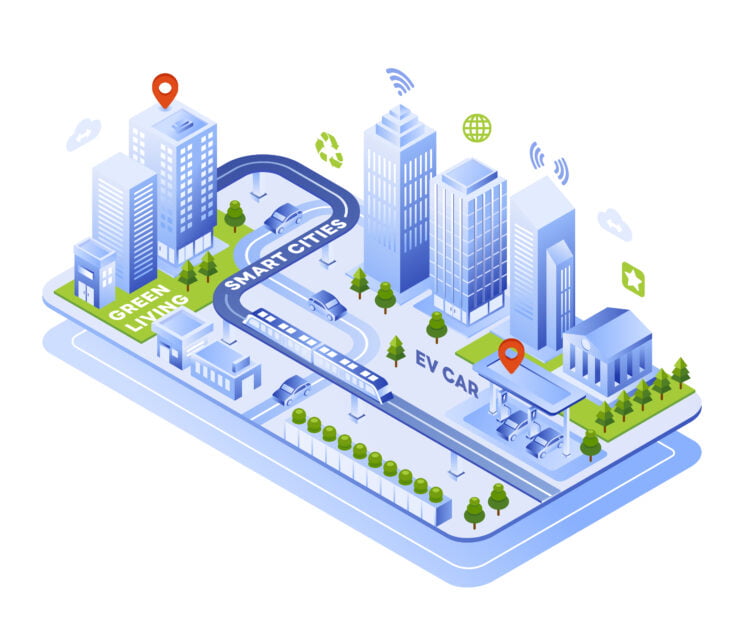
Edge Computing: Advancing Smart City Connectivity
It’s one thing for a city to be smart, but for it to be connected seamlessly is another challenge altogether. The traditional cloud-centric model, with its inherent latency due to data transport to distant servers, poses challenges to the real-time requirements of interconnected urban systems. Edge computing, by transitioning computational tasks closer to the data source, overcomes this bottleneck. Edge computing, by offering localized processing, ensures that devices and systems communicate efficiently, enhancing the overall connectivity paradigm of a smart city.
And this connectivity has real consequences. A World Green Building Council study shows how improving ventilation and indoor air quality boosts worker productivity by 8-11%, and improved lighting conditions boosts productivity by another 23%.
Edge Computing Applications for Smart Traffic Management
Urban centers globally grapple with the complex challenge of traffic congestion. Edge computing, when integrated with deep learning models and adaptive algorithms, provides the capability to analyze vast datasets from diverse sensors in real-time. Edge computing provides innovative solutions by facilitating intelligent traffic management systems. Using real-time data from IoT devices, such as cameras and sensors, traffic flow can be optimized. This might involve dynamically changing lane directions during rush hours, adjusting traffic signal timings based on congestion, or providing real-time updates to drivers about optimal routes.
Edge Analytics for Optimized Energy Usage in Smart Buildings
Buildings in urban landscapes are not mere static entities anymore. With edge analytics, they become dynamic structures, adjusting heating, cooling, and lighting based on occupancy and environmental factors. Edge computing devices, placed strategically within these buildings, can analyze vast amounts of data without needing to send it to a centralized data center. As a result, energy consumption becomes highly efficient, ensuring sustainability while enhancing comfort for inhabitants.
Key Takeaways
In today’s digital epoch, the interplay of edge computing within our health systems, reinforced by trailblazers like Sixfab, marks a significant evolution in the blend of tech and caregiving. As we witness the mounting influence of edge computing trends in the healthcare sector, championed by industry leaders like Sixfab, it’s evident that these advanced devices are no longer auxiliary. They’re vital in promptly capturing and responding to health anomalies, standing as guardians between wellness and potential crises. The pivot to local data management, a cornerstone of Sixfab’s mission, isn’t just smart—it’s a safeguard, a buffer ensuring our most personal details stay personal, even in an age of widespread telehealth. The promise of edge analytics in medical research also paints an optimistic picture, hinting at swifter, more intuitive paths to health innovations. And with IoT joining the fray, collaborating seamlessly with edge technology, we stand on the cusp of an era where healthcare isn’t just tailored—it’s bespoke.
As for what lies beyond the horizon? We ought to brace for a surge in specialized edge solutions, catered explicitly for health scenarios, and perhaps even an era where our home devices could preemptively spot symptoms before we even sense them. The fusion of tech and health is more than a trend – it’s the future taking shape.
Bibliography
- Smart Cities Market Size, Share & Trends Analysis Report By Application, By Smart Governance, By Smart Utilities, By Smart Transportation, By Region, And Segment Forecasts, 2023 – 2030 Report ID: 978-1-68038-270-9 source
- IoT in Smart Cities Market, Jan 2022, Report Code: TC 4078 source
- Health, Wellbeing & Productivity in Offices: The next chapter for green building, September 2014 source
